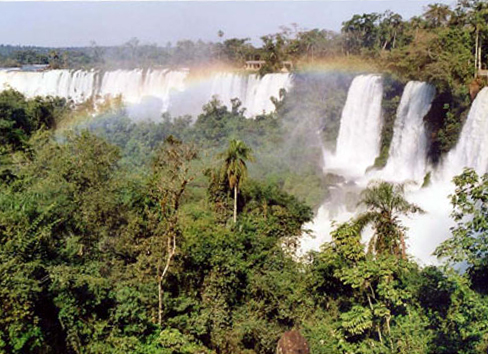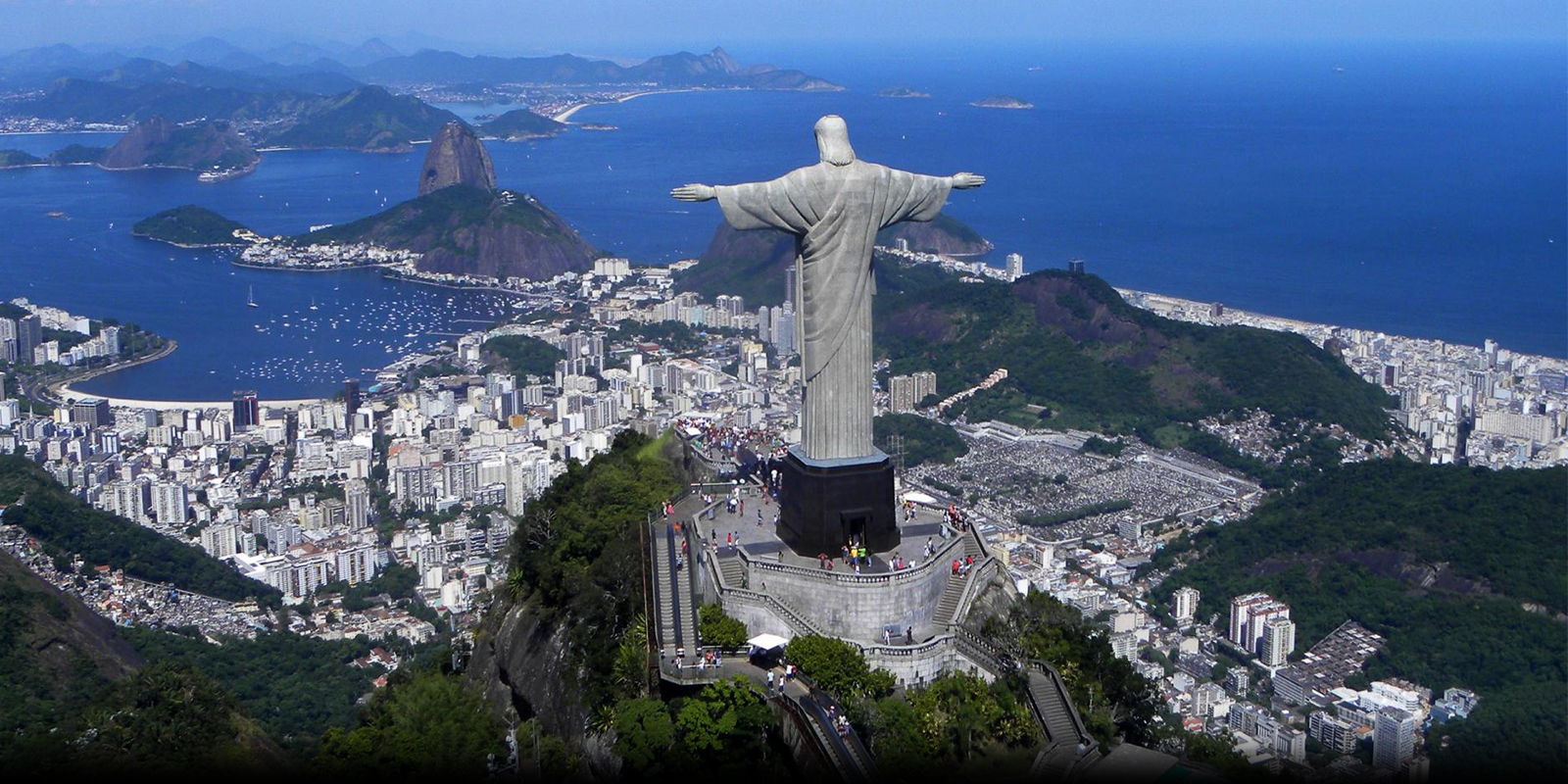Currency:
The local currency in Salvador is the Brazilian Real, and $1 is worth 3.2BRL. You can change money at the airport when you land for a small commission.
Electricity:
Electricity can vary within cities. Rio de Janeiro and Sao Paulo use 110 volts AC, Bahia (Salvador) and Manaus 127 volts AC, in Brasilia and Recife 220 volts AC. Most hotels do provide 110-volt & 220-volt outlets or adaptors.
Language:
Portuguese
Time Zone
Because of its size, there are 4 time zones in Brazil. The time in most of Brazil visited by Slipstream guests is three hours behind Greenwich Mean Time (GMT-3). This is true of Rio de Janeiro, Sao Paulo, Brasilia, Bahia, Minas Gerais etc.
Country Information


The River Plate Basin (the confluence of the Parana and Uruguay rivers, both of which have their sources in Brazil) in the far south is more varied, higher and less heavily forested. North of the Amazon are the Guiana Highlands, partly forested, and partly stony desert. The Brazilian Highlands of the interior, between the Amazon and the rivers of the south, form a vast tableland. The Mato Grosso, from which rise mountains in the southwest, form a steep protective barrier from the coast called the Great Escarpment, breached by deeply cut river beds. The population is concentrated in the southeastern states of Minas Gerais, Rio de Janeiro and Sao Paulo. The city of Sao Paulo has a population of over 10.8 million, while over 6 million people live in the city of Rio de Janeiro.



